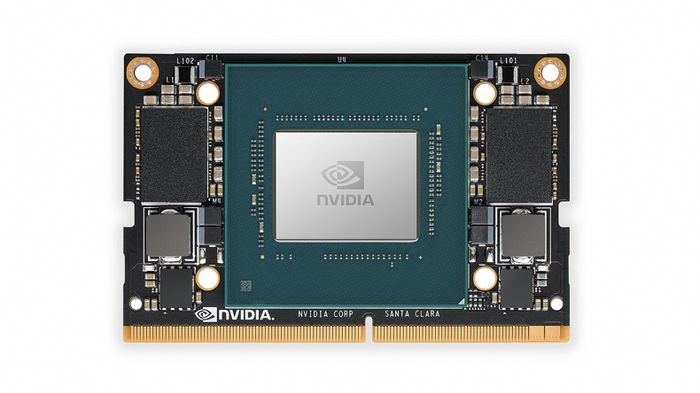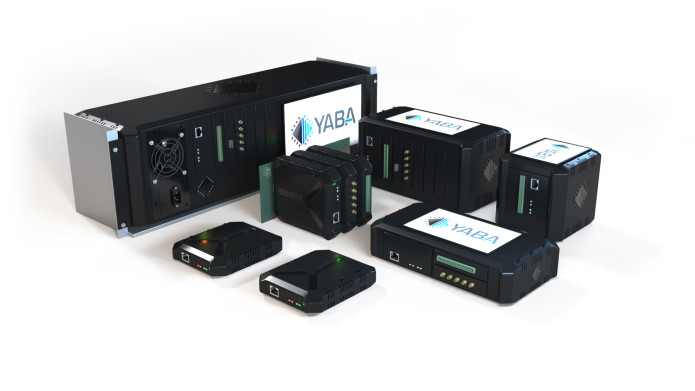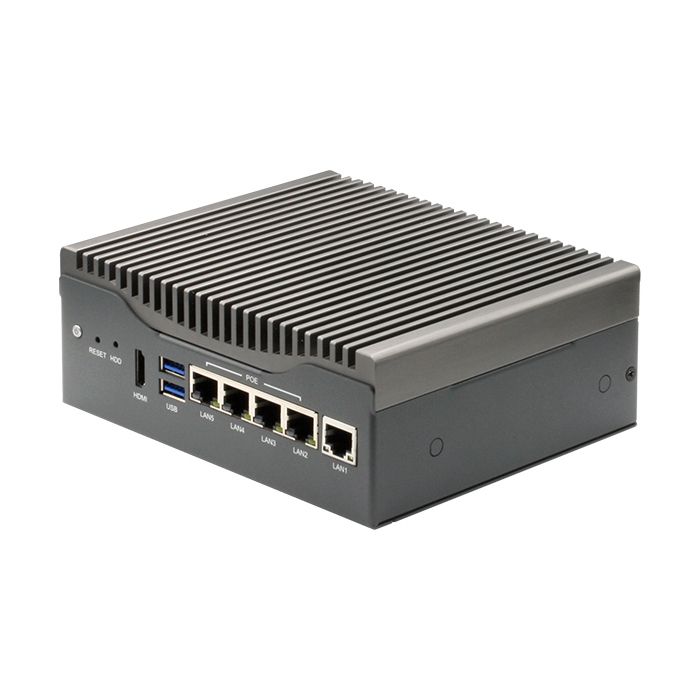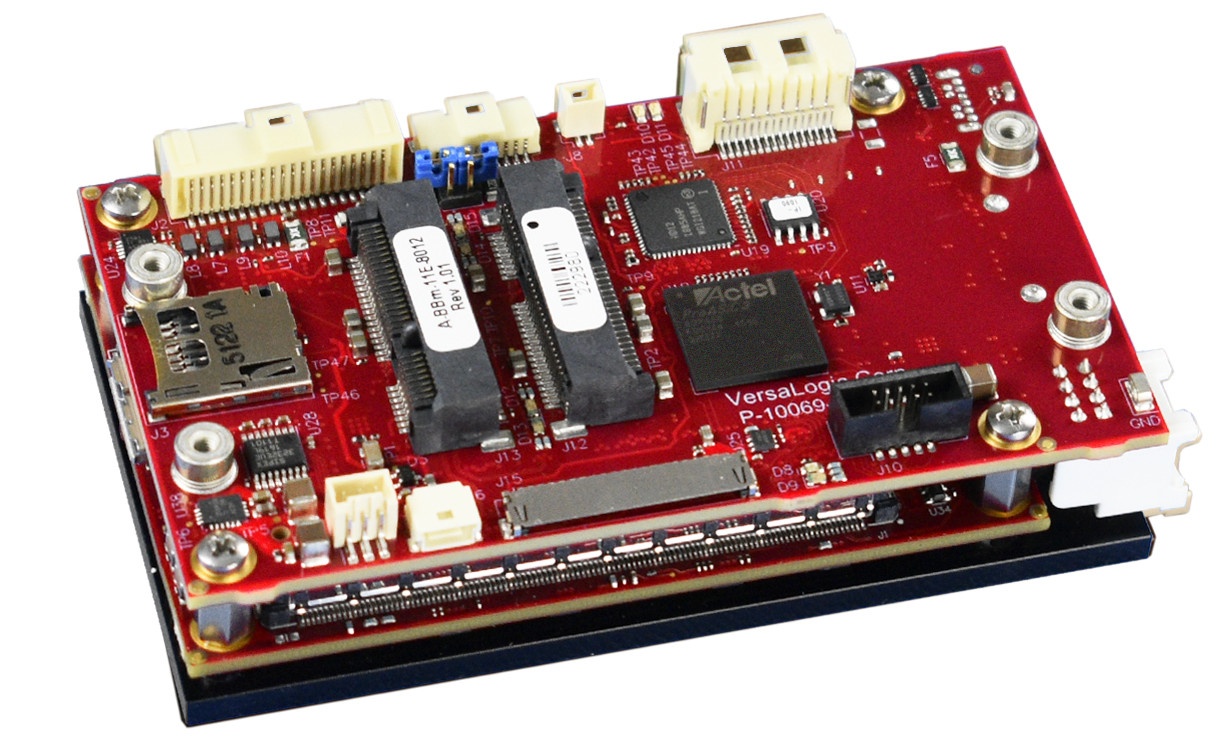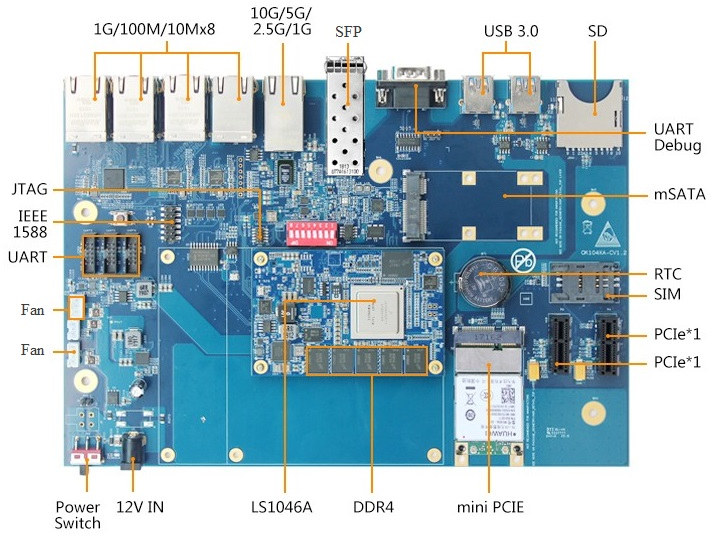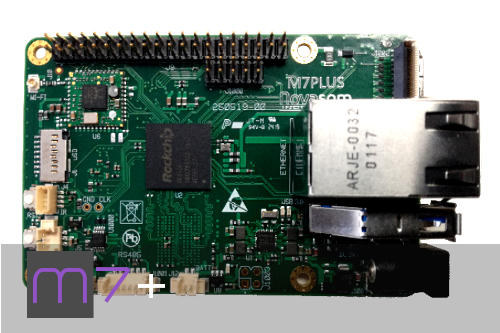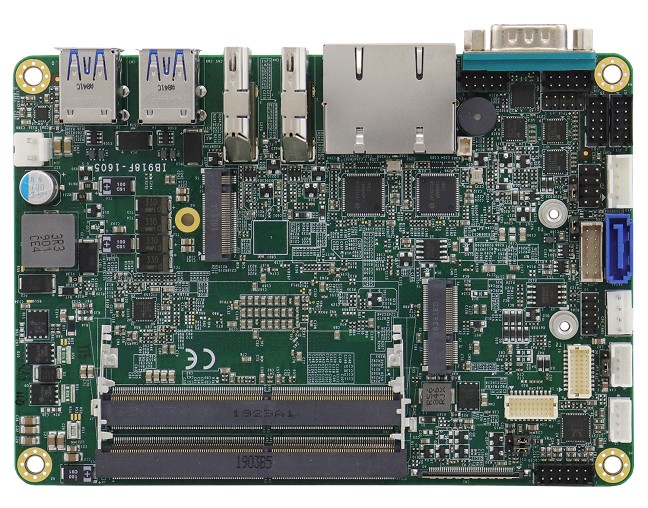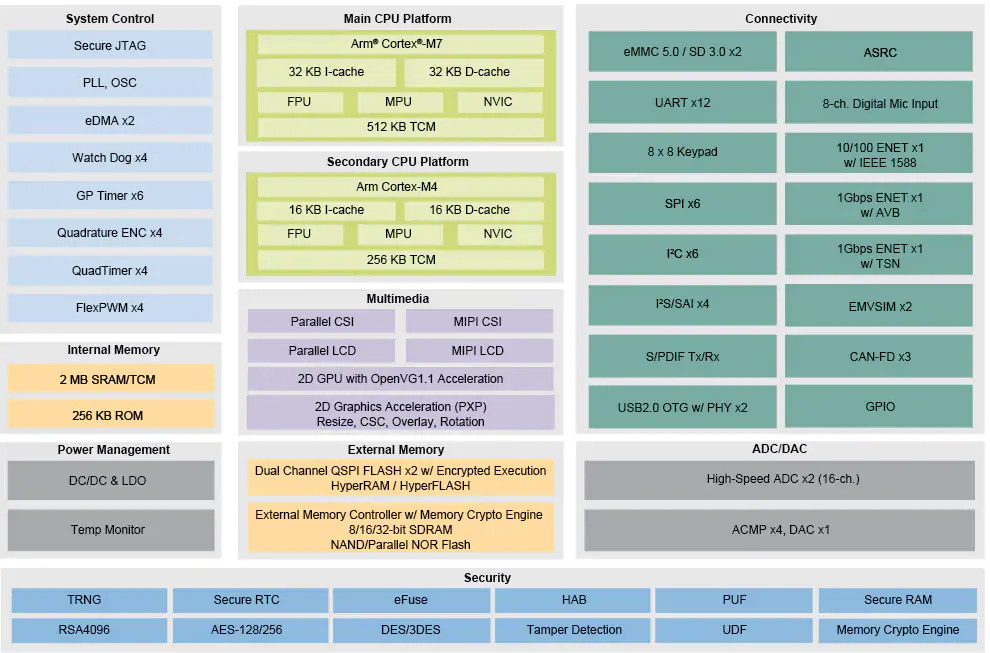NVIDIA has just announced Jetson Xavier NX system-on-module, with the company claiming it is the “world’s smallest, most powerful AI supercomputer for robotic and embedded computing devices at the edge” with a 70x45mm “Jetson Nano” form factor, and delivering either up to 14 TOPS at 10 Watts or 21 TOPS at 15 Watts. The company expects the module to be used in small commercial robots, drones, intelligent high-resolution sensors for factory logistics and production lines, optical inspection, network video recorders, portable medical devices, and other industrial IoT systems. Jetson Xavier NX specifications: SoC – NVIDIA Xavier with 6-core NVIDIA Carmel ARM v8.2 64-bit CPU, 6MB L2 + 4MB L3 caches, and a 384-core NVIDIA Volta GPU with 48 Tensor Cores, 2x NVDLA deep learning accelerators delivering up to 21 TOPS at 15 Watts System Memory – 8 GB 128-bit LPDDR4x @ 51.2GB/s Storage – 16 GB eMMC 5.1 flash Video […]
YABA is a Backplane Architecture Controller for Automation and IIoT (Crowdfunding)
Automation and IIoT Through YABA YABA is an acronym and a concept being developed. The acronym is Yet Another Backplane Architecture (YABA). The concept is to bridge the gap between PLC/PAC and open source hardware. The YABA Bridge to IoT YABA is designed to be a robust, open hardware controller that will be a simple but effective midpoint or bridge to the approach of modern industrial technologies in the automation and IoT sector, especially production lines in industrial settings. Where YABA is in Process The process is midstage right now, with a prototype coming. There is an IndieGoGo campaign, but it is at the development stage right at this moment. The developer has reported that the team is about two months out of a working prototype, which should put them an efficient schedule timeline. The project has the backplane, CPU, I/O boards at about 75% complete, and just working towards […]
Apollo Lake based AAEON VPC-3350S Fanless Industrial In-vehicle NVR Comes with 4 PoE Ports
AAEON NVR VPC-3350S Industrial In-Vehicle The AAEON fanless industrial network video recorder has joined the ranks of such NVR’s as the Solidrun Clearfog GTR A385, which was reported just recently as hitting the market. AAEON VPC-3350S is an in-vehicle industrial NVR that is aimed at mobile AI and IoT in areas such as license plate recognition. Processor Options The VPC-3350S is equipped with an Intel Atom x5-E3940 (formerly known as Apollo Lake) processor that comes standard. There are also options for the Pentium N4200 and the Atom x7-E3950. Configurations The units come in a variety of versions, with industrial, in-vehicle and customizable AI module, running the Intel Movidius Myriad X SoC. Offering more options than any other mobile NVR. Industrial Option The more compact Industrial VPC-3350S offers an I/O complement meant for more machine vision applications, such as license plate recognition. In-Vehicle Option The In-Vehicle option allows for fast set-up […]
VersaLogic Harrier Credit-Card Sized Computer is Powered by Intel Atom E3930/E3950 Processor
Back in 2016, we wrote about VersaLogic Osprey industrial and military-grade computer based on Intel Atom Bay Trail processor, and slightly larger than a credit card. The company is now back with an upgrade with many of the same features, and the exact form factor, but VersaLogic Harrier comes with a choice of more powerful dual-core and quad-core E39xx Apollo Lake processors. VersaLogic Harrier (VL-EPU-4011) board specifications: SoC – Intel Atom E3930 dual-core @ 1.3 GHz or E3950 quad-core @ 1.6 GHz Apollo Lake processor with Intel HD Graphics 505 System Memory – 2GB or 8GB ECC-DDR3L (soldered) Storage 8GB or 32GB eMMC flash MicroSD slot SATA 2.0 port with latching connector mSATA via mini-PCIe slot Display Single-channel 18/24-bit LVDS up to 1024×768 @ 60Hz 1x mini-DisplayPort++ with HDMI and audio support up to 4096×2160 Connectivity – 2x Gigabit Ethernet ports with latching connector, network boot option on one of […]
Forlinx NXP LS1043A & LS1046A Networking SBC’s Support 10Gbps Ethernet
NXP LS1043A quad-core Cortex-A53 communication processor was introduced in 2014, while NXP LS1046A quad-core Cortex-A72 SoC was launched about 18 months later. Both are designed for networking equipment such as CPE (Customer Premise Equipment), routers, NAS, gateways, as well as single board computers and include one or two 10 GbE interfaces. Forlinx Embedded has decided to leverage those two processors in their OK1043A-C and OK1046A industrial-grade single board computers designed for networking applications. Both boards are comprised of the same baseboard and only differ by their COM-Express Mini Type 10 module which comes with the processor, memory, and flash storage. Specifications: COM Express Mini System-on-Module (one or the other) FET1046A-C NXP LS1046A SoM CPU – NXP LS1046A quad-core Cortex-A72 processor @ up to 1.8GHz System Memory – 2GB DDR4 RAM Storage – 8GB eMMC flash + 16MB QSPI NOR Flash Voltage Input – 12V Temperature Range – -40℃ to +75℃ […]
Novasom M7+ SBC Adds FFC HDMI Connector, USB & RS-485 Headers, Improves on Raspberry Pi 3 SW Compatibility
We previously wrote about Novasom M7 Rockchip RK3328 SBC being promoted as a drop-in replacement for Raspberry Pi 3 in industrial projects. That’s despite the different port arrangement, and instead, the company bases the claim on the availability of the 40-pin header, mounting holes matching RPI 3 board design, as well as software compatibility thanks to a library that allows customers to re-use the code written for Raspberry Pi boards. Based on feedback from customers, the company has made some changes to their design and launched Novasom M7+ SBC, and made several improvement to the software to be even more compatible with Raspberry Pi 3 board. Specifically there are five changes: Ability to power the board via the USB type-A port (5V) as an alternative to the 12V power barrel jack Stronger Backlight Driver for display up to 6A @5V) t FFC cable for HDMI output – The dimension of […]
AMD Ryzen Embedded SBC Supports 4x 4K Displays Ready for Linux and Windows
The Release of the IB918 SBC The IBASE Technology Inc has released its IB918 3.5″ disk sized SBC, based on the AMD Ryzen V1000 or R1000 SoC with several different options for the base chip system. The new computers can support Windows or Ubuntu and offer several different core options. The Basics The board supports 4 simultaneous 4K displays through 2 HDMI ports, eDP and LVDS, as well as 2x GbE 2.0 and storage options include a SATA III port, and an M.2 NVMe socket. The supports offer a choice in which SoC can be loaded, either the Ryzen Embedded R1000 SoC or the already marketed and more powerful V1000 which supports both Ubuntu and Windows. Background and other AMD Ryzen Embedded SBC’s AMD Ryzen Embedded R1000 Series SoC’s UDOO BOLT AMD Ryzen Embedded Sapphire FS-FP5R 5×5 Motherboard with the embedded AMD Ryzen R1606G or R1505G processor onboard. IBASE MI988 […]
NXP i.MX RT1170 Arm Cortex-M7/M4 Microcontroller Clocks at One Gigahertz!
Microcontrollers used to be those cute little things that clock at 8 or 16 MHz, but in the last decade, Cortex-M3/M4 microcontrollers became more powerful with 100 to 200 MHz clocks being quite common. But with the introduction of Arm Cortex-M7 core about 5 years ago, microcontrollers are seriously starting to take over tasks that were previously reserved to faster microprocessors. As I remember it, the MCU frequency “race” started with STMicro STM32H7 in 2016 with an impressive 400 MHz, and NXP i.MX RT crossover processor clocked at 600 MHz a few years later. But with i.MX RT1170 microcontroller, NXP has upped the ante as the new MCU combines an Arm Cortex-M4 core clocked at 400MHz with Arm Cortex-M7 core running at an amazing one Gigahertz (1 GHz). The documentation has not been released and we have limited information, but here’s what we know about NXP i.MX RT1170 key features […]


